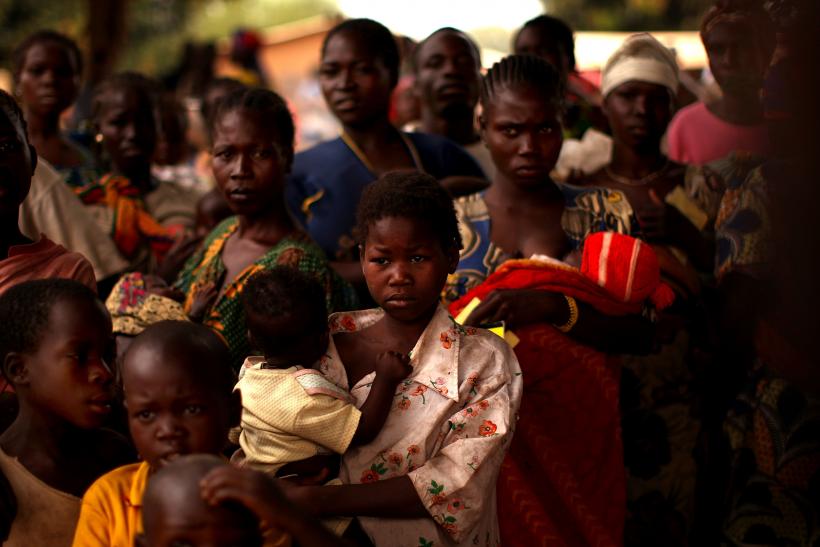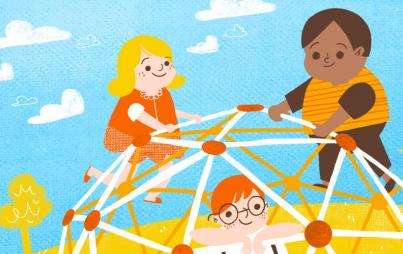
Thinkstock
This past March we initially discussed the outbreak of Ebola in Africa, hoping it would be a flash-in-the-pan sort of disease affair. Instead, the virus has since thrived, now accounting for more than 670 deaths (and an overall fatality rate of 70 percent of the 1,200+ infected) in West Africa. That officially makes it the deadliest Ebola outbreak in recorded history. So far the virus has hit four countries: Sierra Leone, Liberia, Guinea—where it originated—and Nigeria, where an American citizen working in Africa recently died from the disease.
So why is Ebola doing so much damage right now in this region? Here's a summary of the key issues at hand.
Insidious Virus
Since the first known outbreak in 1976, Ebola in Africa has come and gone over time—typically erupting in intermittent outbreaks that last for several months. The virus then lays low, receiving its lifeline among other animals. As we wrote in March:
[H]umans contract Ebola through contact with infected animals, after which people can transmit the disease to each other through fluids like blood, feces or sweat, as well as sexual contact and handling contaminated corpses. Sure enough, the spread of the disease in West Africa has been exacerbated by funerals in which mourners touch the bodies of the dead.
So what pesky wild animal did the infection stem from? . . . [A]uthorities believe bats are the culprit—dishes like bat soup and smoked bat are popular delicacies in Guinea. The government recently banned the consumption of bats, and warned against eating rats and monkeys as well.
And like some other diseases shared from animal to humans—like rabies and HIV—Ebola thoroughly wrecks our bodies in part by evading the immune system. White blood cells often die off in patients, limiting the body’s ability to fight back. Like much with this disease, the specifics of how the disease causes this response are still unclear.
While some do survive the illness typically treated for dehydration—a steady 30%—treatment options are limited for this disease which can cause (brace yourself) fever, muscle pain, dizziness, weakness, vomiting, diarrhea, organ failure . . . oh, and unstoppable bleeding. And clearly some of these lovely symptoms provide excellent chances for the virus to spread to others.
Some researchers are working on drugs to counter Ebola, while others are focusing on vaccines (including ones that could be used on wild chimpanzees, stopping the virus before it spreads to humans—thus helping two primate species for the price of one!). But the most important health response may be tracking who’s infected, and quarantining them from the rest of the population. Sadly, this hasn’t been so easy.
Social Factors
According to Vox, containing an Ebola outbreak “comes down to basic healthcare practices and public education.” The virus should be containable, if affected countries provide enough resources into the effort. And yet, clearly things are going less than swimmingly so far.
A major roadblock: various social factors. For one thing, previous outbreaks tended to occur in Central Africa, and so many health workers in West Africa lacked training in caring for patients and protecting themselves.
Second, people in the currently affected countries tend to travel more than in Central Africa—including major markets in neighboring countries—which may help the virus spread its wings geographically.
Another critical factor: Lack of information about the disease—together with the stigma that has quickly risen around it—has inhibited the infected from seeking medical care, meaning they stay in their community and make others susceptible.
Some people have more faith in their indigenous witch doctors than in the medical community (perhaps reasoning that this scourge wasn’t around in the good old days of shamans). Moreover, segments of the population believe Western medical organizations are actually spreading Ebola. Practitioners "have been threatened with knives, stones and machetes, their vehicles sometimes surrounded by hostile mobs," as reported The New York Times.
Yikes.
Looking Forward
Plenty of past case studies demonstrate that once a population incurs distrust of the medical community and government institutions, it can be difficult to overcome. Working with local community leaders can be effective, but sometimes the situation simply limits intervention, and the disease simply runs its course. A (quasi) saving grace with Ebola lies in its relative difficulty to spread—people don’t get it simply from their neighbor’s cough or sneeze. Hopefully this factor will help limit the overall carnage. Hopefully.






